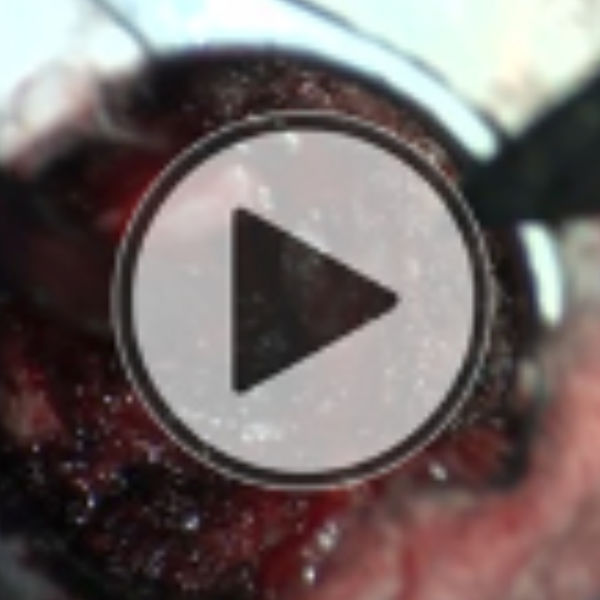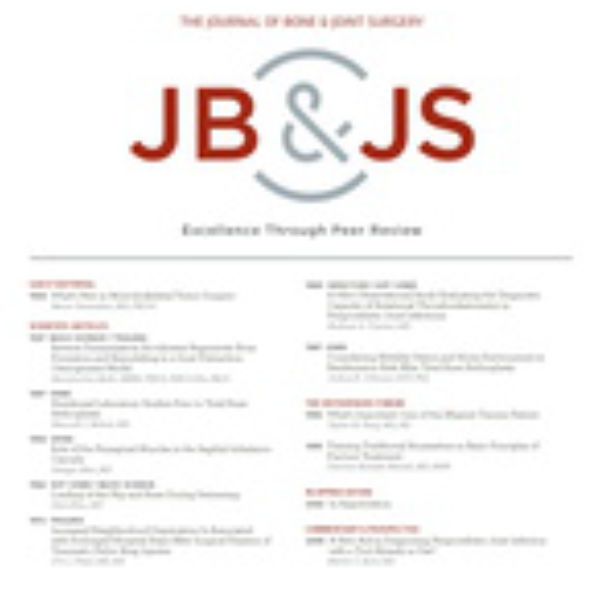Artículos

Background: Minimally invasive transforaminal lumbar interbody fusion
(MI-TLIF) has been established as an excellent alternative to the traditional
open approach for the treatment of degenerative conditions of the lumbar
spine.
Description: The procedure is performed with the patient under general
anesthesia and on a radiolucent table in order to allow for intraoperative flu-
oroscopy. The procedure is performed through small incisions made over the
vertebral levels of interest, typically utilizing either a fixed or expandable type of
tubular dilator, which is eventually seated against the facet joint complex.
A laminectomy and/or facetectomy is performed in order to expose the disc space, and the ipsilateral neural elements are visualized. The end plates are prepared, and an interbody device is placed after the disc is removed. Pedicle screws and
rods are then placed for posterior fixation.
Suscríbete para conocer este caso y otros más dentro de nuestra revista semestral:
Más Artículos
Arthrofibrosis after total knee arthroplasty (TKA) is the new formation of excessive scar tissue that results in limited ROM, pain, and functional deficits.
The diagnosis of arthrofibrosis is based on the patient’s history, clinical examination, absence of alternative diagnoses from diagnostic testing, and operative findings. Imaging is helpful in ruling out specific causes of stiffness after TKA. A biopsy is not indicated, and no biomarkers of arthrofibrosis exist.
The literature on musculoskeletal tumors continues to be robust; however, it has been dominated by retrospective obser- vational studies. For bone sarcomas, cytotoxic chemotherapy remains the mainstay of systemic therapy, with no new, effective, targeted biologic interventions. There has been a renewed focus on functional outcomes and socioeconomic factors associated with oncologic outcomes and ongoing interest in pelvic reconstruction, which continues to have high rates of surgical complications.



